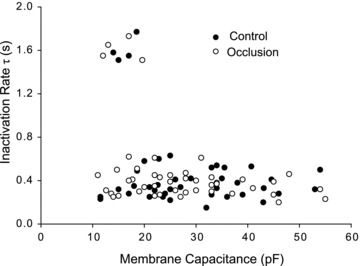Figure 1. Whole-cell patch clamp methods were employed to study acid-induced currents to pH 6.7 in DRG neurons of control rats and rats with 24 h of femoral artery ligation.

Two different ASIC currents were distinguished on the basis of their inactivation kinetics. One type of current exhibited a slow inactivating rate (larger τ value) and was only expressed in small DRG neurons with a cell capacitance of <20 pF. This group of currents represents typically an ASIC1a response to pH 6.7. Another type of current had rapid inactivation kinetics (smaller τ value), and the currents were observed in small, medium and large DRG neurons with cell capacitance ranging from 10 to 60 pF. Those currents are typically observed as recombinant ASIC3 channels are activated. Note that there were no significant differences in inactivating rate and cell capacitance for DRG neurons of control rats and occluded rats.
